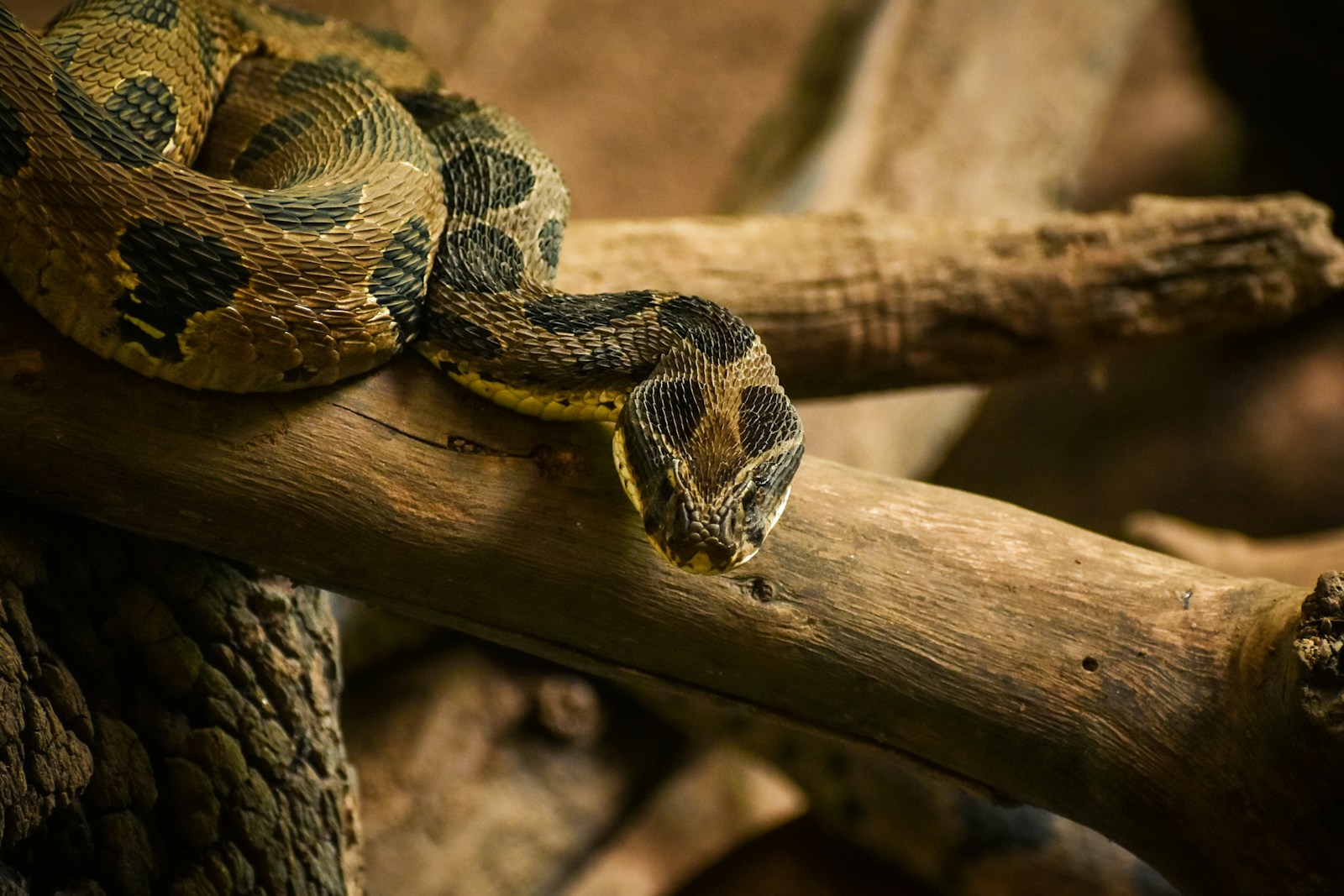In the mesmerizing world of reptiles, few biological processes are as remarkable as a snake’s digestive system. These limbless predators have evolved one of nature’s most efficient methods for consuming prey whole—often animals larger than their own heads—and breaking down every component, including seemingly indigestible parts like bones and fur. Unlike mammals who chew their food and discard inedible portions, snakes have developed extraordinary physiological adaptations that allow them to process entire animals from nose to tail. Their digestive journey represents a fascinating example of evolutionary specialization, transforming even the toughest animal parts into usable nutrition through a combination of powerful enzymes, specialized stomach acids, and remarkable physiological transformations.
The Remarkable Jaw Mechanics: Where Digestion Begins
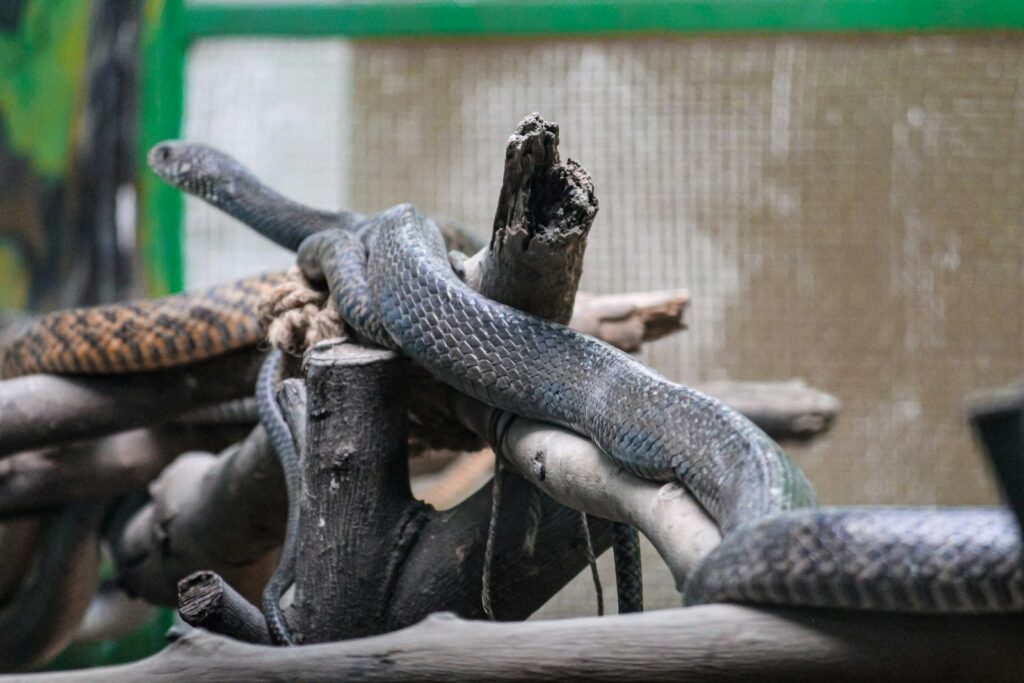
Before internal digestion can begin, snakes must first get their prey into their bodies through an impressive feat of skeletal flexibility. Unlike human jaws that are firmly attached to the skull, a snake’s jaw is connected by stretchy ligaments and multiple joints that allow for extraordinary expansion. This adaptation enables snakes to unhinge their jaws and stretch their mouth opening to several times its normal size. The mandibles (lower jaw bones) can move independently of each other, and the quadrate bones connecting the lower jaw to the skull provide additional mobility. This remarkable mechanism explains how relatively slender snakes can swallow prey many times their own diameter—from mice and rabbits to deer and even alligators in the case of large constrictors—setting the stage for the complex digestive process to follow.
Pre-Digestion: The Role of Saliva and Venom

While the physical act of swallowing begins the digestive journey, many snakes employ chemical assistance to prepare their meal for processing. Most species produce specialized saliva rich in lubricating compounds that make swallowing easier and begin breaking down tissues before the prey reaches the stomach. In venomous species, this pre-digestive role is significantly enhanced—their venom contains not only neurotoxins to immobilize prey but also powerful enzymatic components that begin degrading tissues from the inside out. These hemotoxic and cytotoxic elements start breaking down cell membranes, muscle tissue, and even bone matrix while the prey is still being swallowed. For example, the venom of vipers contains phospholipases, proteases, and hyaluronidases that initiate tissue decomposition, essentially beginning the digestive process before the meal even reaches the stomach, making the ultimate breakdown of tough materials like bone and fur more efficient.
The Stomach: Nature’s Chemical Processing Plant

Once prey enters a snake’s stomach, it encounters one of the most powerful digestive environments in the animal kingdom. Snake stomachs produce extraordinarily strong hydrochloric acid with a pH that can reach as low as 1—significantly more acidic than human stomach acid. This powerful acid begins the serious work of breaking down dense proteins, dissolving minerals from bones, and degrading tough connective tissues. The stomach also releases powerful proteolytic enzymes like pepsin that specifically target protein structures in muscle, bone matrix, and fur keratin. What makes snake digestion particularly remarkable is the stomach’s ability to dramatically increase in size, producing up to 10-15 times the normal amount of digestive acids and enzymes after a meal. This massive digestive response allows snakes to begin breaking down even the most challenging components of their prey, turning what would be waste for other predators into valuable nutrition.
Metabolic Surge: The Extraordinary Energy Investment
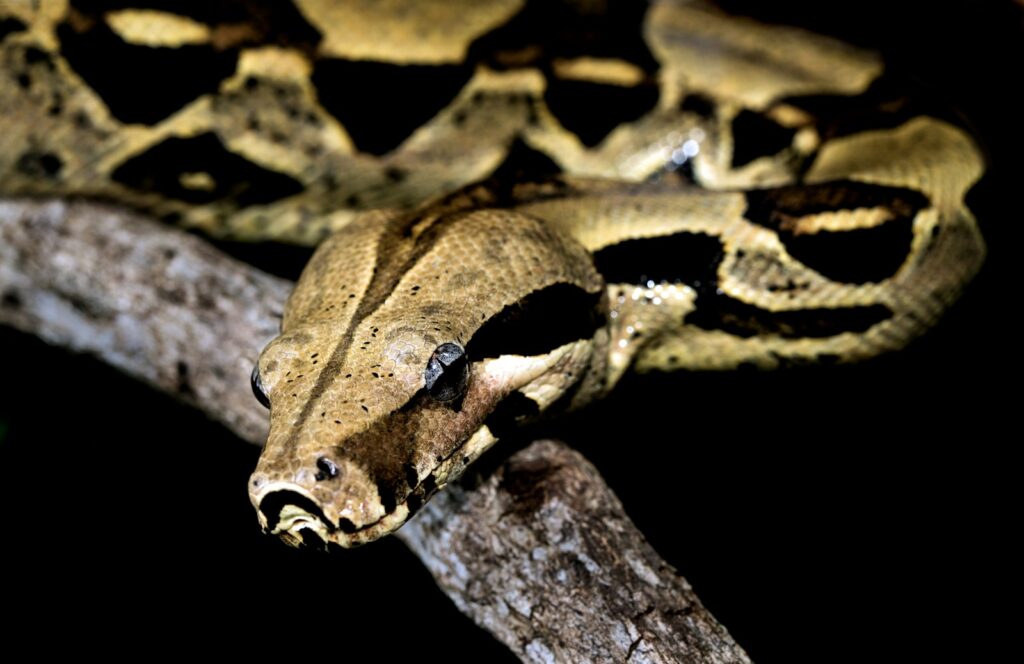
Digesting bones and fur requires an enormous energy investment from snakes, triggering one of the most dramatic metabolic increases known in the vertebrate world. After consuming a large meal, a snake’s metabolic rate can increase by up to 44 times its resting level—a phenomenon known as specific dynamic action (SDA). This metabolic surge powers the production of digestive enzymes and acids while increasing blood flow to digestive organs. The snake’s heart actually grows temporarily to pump more blood to the digestive tract, while the liver and pancreas dramatically increase production of digestive chemicals. This energy expenditure is so significant that snakes become noticeably warmer during digestion, sometimes raising their body temperature by several degrees through this process alone. Such a metabolic commitment explains why snakes often seek warm locations after feeding—higher ambient temperatures help fuel the energy-intensive process of breaking down bones, fur, and other tough tissues.
Bone Breakdown: Dissolving the Seemingly Indestructible
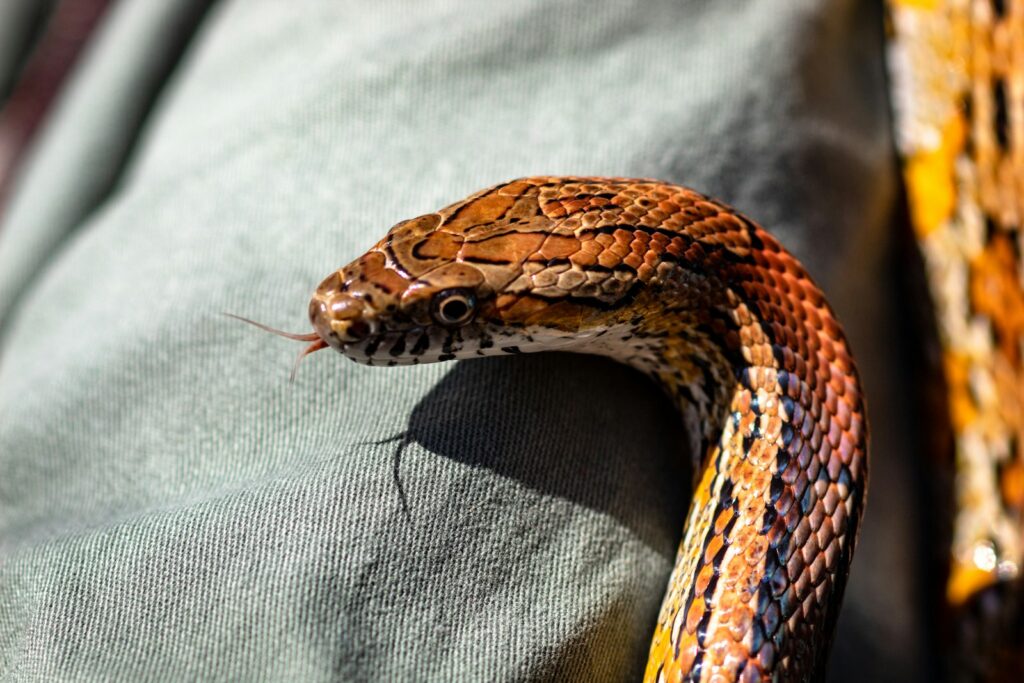
The digestion of bones represents one of the most impressive feats of snake physiology, as these calcium-rich structures resist decomposition in most natural environments. Snake digestive systems overcome this challenge through a specialized multi-stage process that begins with the stomach’s highly acidic environment dissolving the hydroxyapatite minerals that give bones their hardness and rigidity. As the calcium phosphate dissolves, it exposes the underlying collagen protein matrix to proteolytic enzymes that can break these proteins into smaller peptides and eventually amino acids. Specialized pancreatic enzymes further assist in this process as partially digested bone materials move into the intestines. Research has shown that small rodent bones can be completely dissolved within 3-5 days in most snake species, with larger bones taking up to two weeks in larger snakes. What makes this process extraordinary is its completeness—virtually no bone material is wasted, with snakes extracting both the protein components and the calcium minerals for their own skeletal maintenance.
Tackling Fur and Feathers: Breaking Down Keratin

Fur, feathers, and scales present a different digestive challenge for snakes, as these structures are composed primarily of keratin—one of nature’s most resistant proteins. Keratin’s tight molecular bonds make it extremely durable, which is why it forms protective external structures in many animals. Snake digestion overcomes keratin’s resistance through specialized keratinolytic enzymes produced by both the snake itself and beneficial bacteria in its digestive tract. These enzymes attack the disulfide bonds that give keratin its strength, gradually breaking the protein into digestible components. The process is assisted by the prolonged exposure to acidic conditions in the snake’s elongated digestive tract. While some minimal fur or feather remnants might occasionally appear in snake waste, most species can digest the majority of keratin-based structures given sufficient time. This ability varies somewhat between snake species, with those specialized in consuming mammals or birds generally showing greater efficiency in keratin digestion compared to those that primarily eat other reptiles or amphibians.
Intestinal Absorption: Extracting Maximum Nutrition
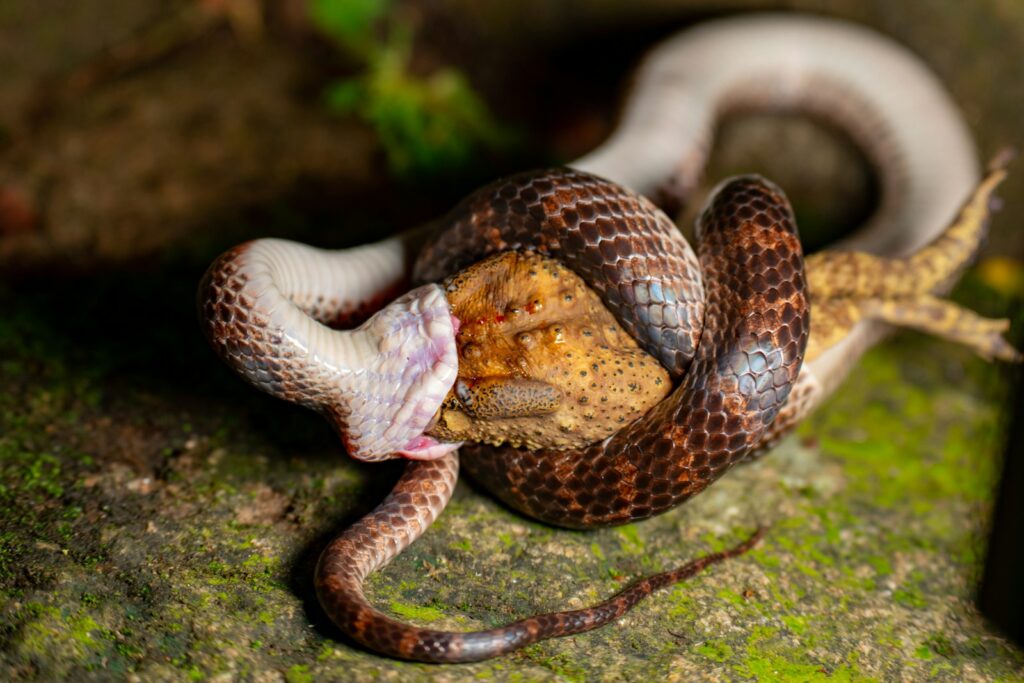
Once the powerful stomach acids and enzymes have broken down bones and fur into smaller components, the partially digested material moves into the snake’s intestines, where absorption becomes the primary focus. Snake intestines are remarkably efficient at extracting nutrients, with a structure specialized for maximum absorption of the breakdown products from their whole-prey diet. The intestinal lining contains numerous microvilli that dramatically increase the surface area available for absorbing nutrients, while specialized transport proteins move specific nutrients from the intestinal contents into the bloodstream. Amino acids from bone proteins, calcium and phosphorus from bone minerals, and even processed components from fur keratin are systematically extracted during this phase. The snake’s intestines can also expand significantly to accommodate large meals, with blood flow to these tissues increasing dramatically during digestion. This exceptional absorptive efficiency explains why snakes can go for extended periods between meals—they extract nearly every possible nutrient from each prey item, including those locked in bones and fur.
Pancreatic and Liver Contributions to Digestion
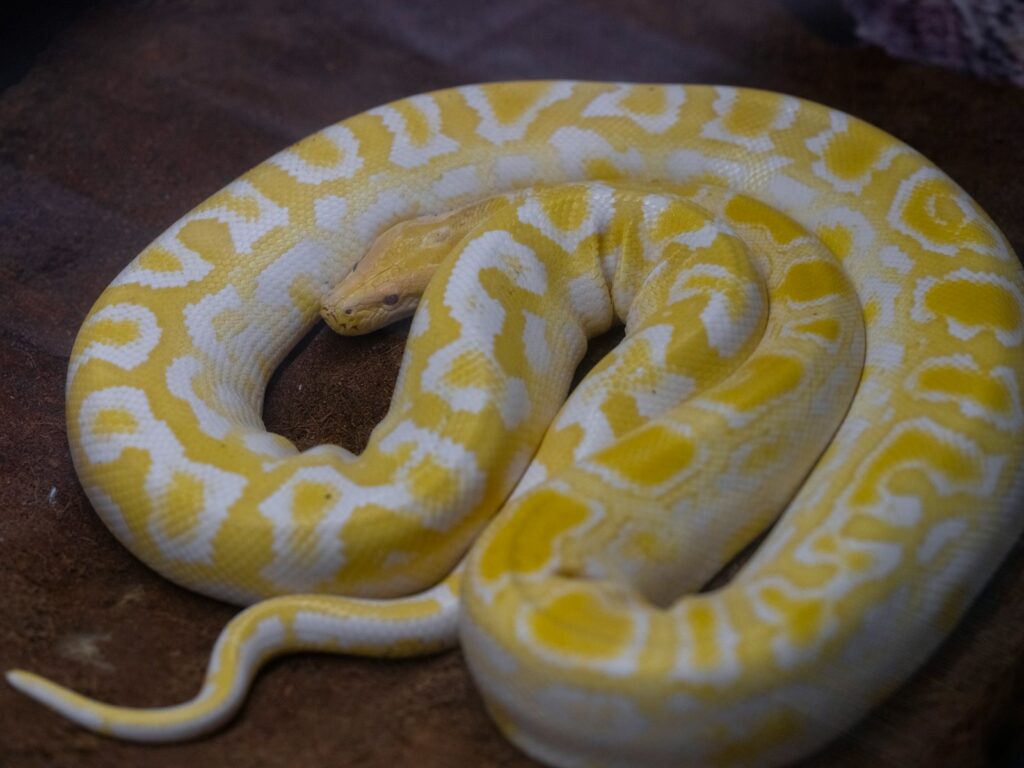
While the stomach receives much attention in snake digestion, the pancreas and liver play equally crucial roles in breaking down bones and fur. The snake pancreas produces a potent cocktail of digestive enzymes including amylases, lipases, and proteases that are released into the small intestine to continue the breakdown process. These enzymes are particularly important for breaking down the protein matrix of bones after stomach acids have dissolved the mineral components. The liver produces bile salts that are especially important for fat digestion and absorption, helping process the lipid-rich bone marrow and fatty tissues. During the digestive process, both organs dramatically increase in size and activity, with the liver nearly doubling its relative size after a large meal in some species. This hepatic growth reflects the liver’s critical role not just in digestion but in processing and storing the nutrients extracted from the prey’s bones and tissues, converting them into forms the snake can use for growth and maintenance.
Digestive Timeline: The Slow Process of Complete Breakdown

Unlike mammalian digestion that processes food in a matter of hours, snake digestion operates on a much longer timeline, particularly when breaking down bones and fur. Small snakes consuming relatively small prey may complete digestion in 3-5 days, but larger snakes digesting substantial meals with significant bone content may require 7-14 days or even longer. The process follows a predictable pattern: within the first 24-48 hours, soft tissues are broken down and begin being absorbed; by days 3-5, smaller bones have typically dissolved; and by days 7-10, even larger bones are usually completely processed. The pace of digestion is heavily influenced by temperature, with warmer conditions accelerating the process by increasing enzymatic activity. This extended timeline represents an evolutionary trade-off—snakes invest significant time and energy in thorough digestion but extract maximum nutrition from each meal, allowing them to feed less frequently and survive long periods between successful hunts.
Adaptations for Different Prey Types
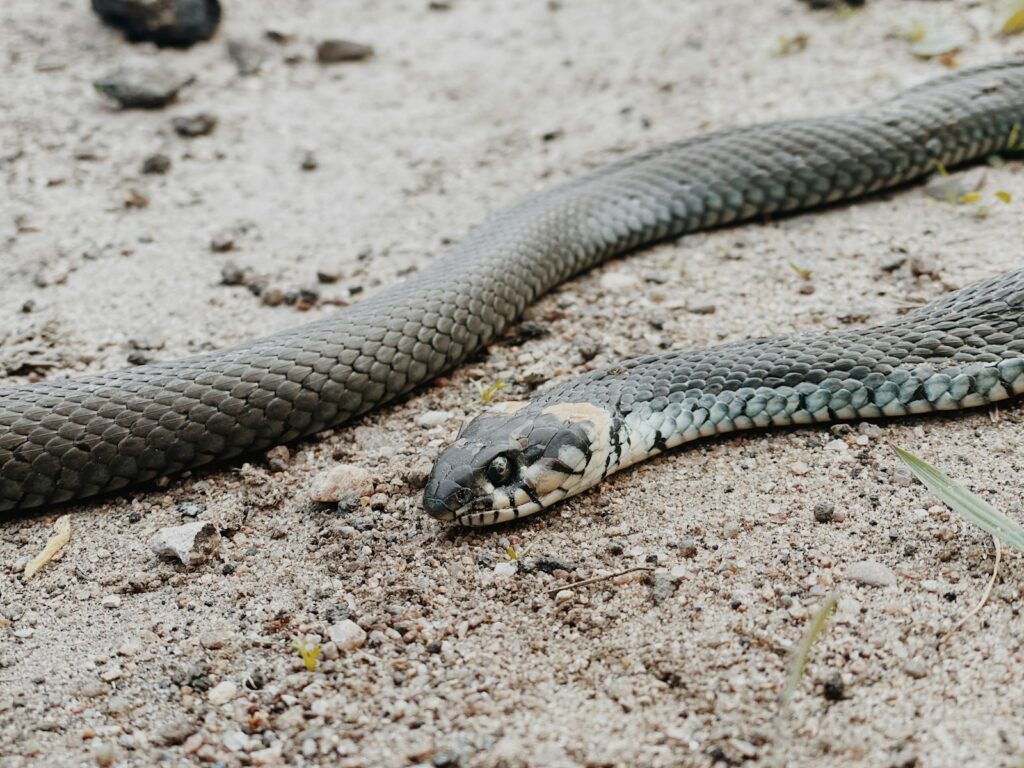
Snake species have evolved digestive specializations based on their typical prey, resulting in variations in their ability to process bones and fur. Rat snakes and other rodent specialists possess particularly efficient keratinolytic enzymes for breaking down fur, while species that primarily consume birds have digestive systems optimized for feather breakdown. Larger constrictors like pythons and boas have extremely expandable stomachs and produce massive quantities of digestive acids to accommodate and process large prey with substantial skeletal structures. Some specialized feeders show even more remarkable adaptations—egg-eating snakes have reduced stomach acid production but specialized esophageal structures for crushing eggshells, while fish-eating species have adaptations for dealing with scales and bones typical of aquatic prey. These specializations demonstrate how snake digestion represents not just a generalized ability to process whole prey but a finely tuned set of adaptations aligned with each species’ ecological niche and typical diet.
The Role of Gut Microbiota in Breaking Down Complex Materials

Recent research has revealed that snakes, like many vertebrates, rely on beneficial gut bacteria to assist with digesting particularly challenging materials like fur and certain bone components. These microorganisms form complex communities that produce additional enzymes capable of breaking down keratin, collagen, and other resistant proteins that might otherwise be difficult to process. After a meal, the microbial populations in a snake’s digestive tract undergo significant shifts, with certain bacterial species proliferating to aid in breaking down the specific components of the current prey item. Some studies have found that snake gut microbiomes include specialized bacteria with unusually high keratinolytic activity—these microorganisms help break down the disulfide bonds in fur keratin that even strong acids struggle to dissolve. This symbiotic relationship between snakes and their gut microbiota represents an additional layer of adaptation that enhances their remarkable digestive capabilities, allowing for more complete extraction of nutrients from bones and fur than would be possible through the snake’s own enzymes alone.
Waste Production: What Remains After Complete Digestion
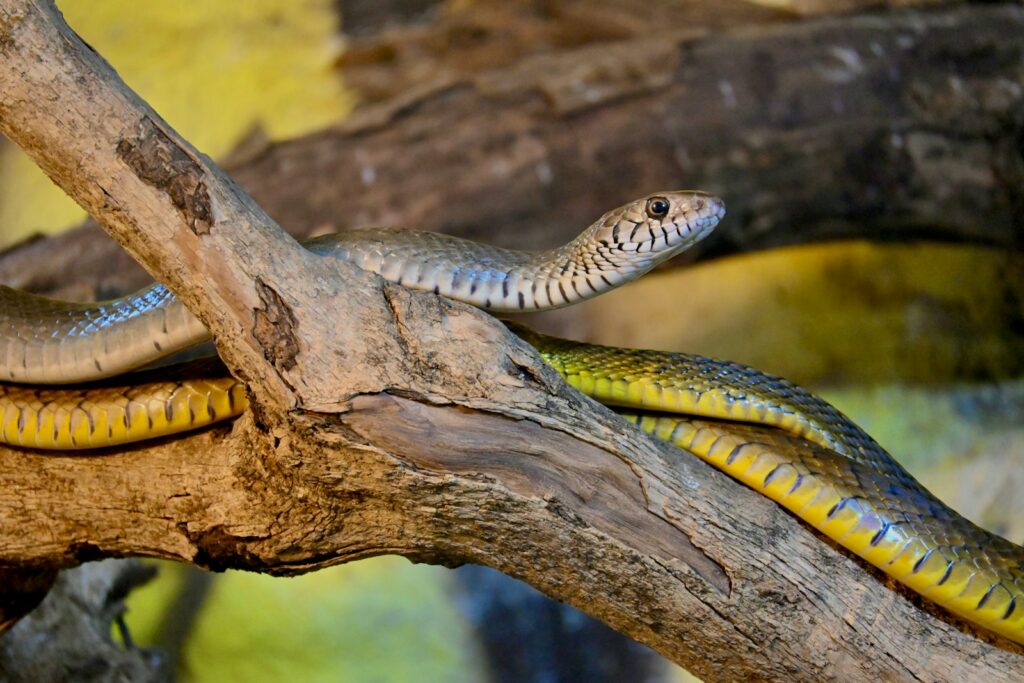
The extraordinary efficiency of snake digestion is perhaps most evident in what little waste remains after processing a whole prey item, including its bones and fur. Unlike mammalian carnivores that produce substantial waste containing bone fragments and undigested hair, snakes typically excrete only a small, compact mass of truly indigestible materials. This waste primarily consists of uric acid (the white portion of snake excrement) and minimal amounts of any truly indigestible prey components—mainly highly resistant keratin structures like claws, teeth enamel, or occasionally small amounts of heavily compressed fur. The fecal material is remarkably low in volume compared to the original prey size, often representing less than 10-15% of the original prey mass. This efficiency explains why snakes in captivity typically defecate infrequently, sometimes only once per feeding cycle. The composition of this waste material offers fascinating insights for researchers studying digestive efficiency, and examination of snake feces in the wild provides valuable data about prey selection and digestive capabilities across different species.
Digestive Disorders and Challenges
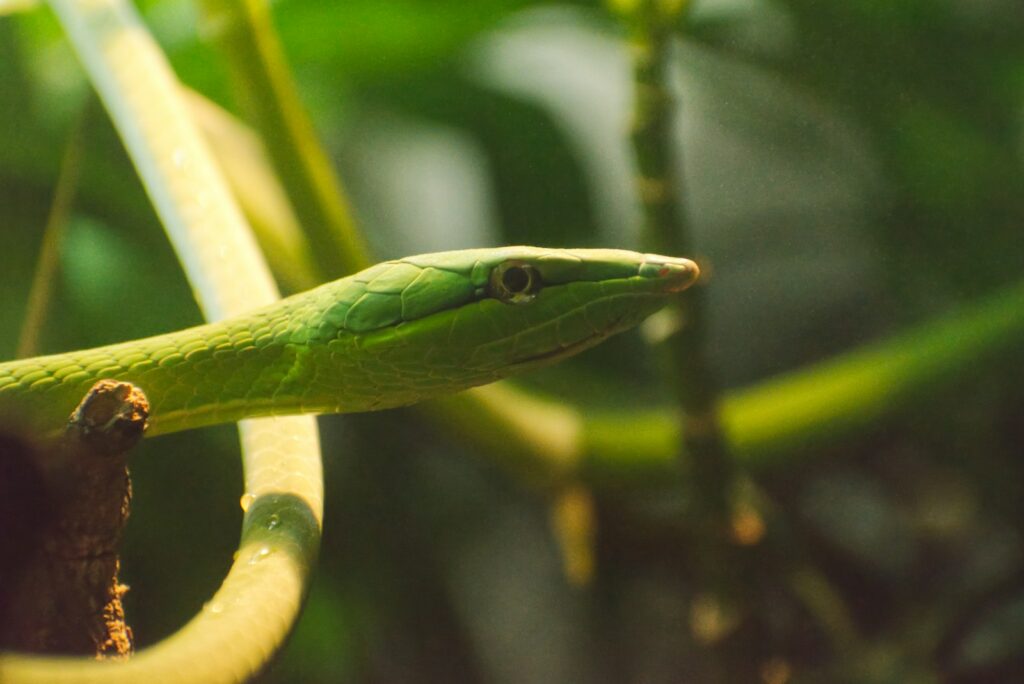
Despite their impressive digestive capabilities, snakes can encounter challenges when processing bones and fur, particularly in captivity where environmental conditions may not be optimal. One common issue is regurgitation, where the snake expels partially digested prey if temperatures are too low to support proper digestive enzyme function or if the snake is disturbed during the vulnerable digestive period. Impaction represents another serious concern, occurring when a snake cannot properly break down and pass particularly large or dense bones, leading to blockages that can be life-threatening without veterinary intervention. Nutritional issues can also arise if snakes consistently consume prey with imbalanced calcium-to-phosphorus ratios, potentially leading to metabolic bone disease. In captivity, proper temperature management is crucial for supporting efficient digestion, with many species requiring access to a warm area of 85-90°F (29-32°C) to maintain optimal digestive enzyme activity and metabolic rate for processing challenging materials like bones and fur.
Evolutionary Significance of Whole-Prey Digestion

The ability to digest entire prey items, including bones and fur, represents a pivotal evolutionary adaptation that has contributed significantly to snakes’ success as predators. This capability allowed early snakes to occupy ecological niches unavailable to other reptiles, exploiting food sources that would otherwise be partially wasted. The evolution of this digestive system likely co-evolved with their specialized jaw mechanics, creating a comprehensive feeding strategy that maximizes nutritional extraction from each hunting success. This efficiency proves especially valuable for larger snake species that expend considerable energy in capturing prey, allowing them to sustain themselves on fewer successful hunts. From an evolutionary perspective, whole-prey digestion also reduced selection pressure for developing specialized dentition for chewing, allowing snake evolution to focus instead on other adaptations like venom delivery systems or constricting strength. This remarkable digestive capability thus stands as one of the defining features of snake biology, representing a perfect example of how specialized internal physiology can drive external ecological success and evolutionary diversification.
The snake’s ability to digest bones and fur represents one of nature’s most impressive examples of physiological specialization. Through a combination of flexible jaws, powerful digestive enzymes, extreme stomach acidity, and metabolic adaptations, these remarkable reptiles transform what would be waste for most predators into valuable nutrition. This digestive prowess has contributed significantly to snakes’ evolutionary success, allowing them to thrive in diverse habitats worldwide while feeding infrequently. As science continues to investigate the specific mechanisms behind these abilities, we gain not only a deeper appreciation for these fascinating creatures but also potential insights that might inform human medical and industrial applications, from understanding protein digestion to developing new methods for breaking down resistant materials. In the elegant efficiency of the snake’s digestive process, we find a testament to the extraordinary adaptability of life and the specialized solutions that evolution can produce.

